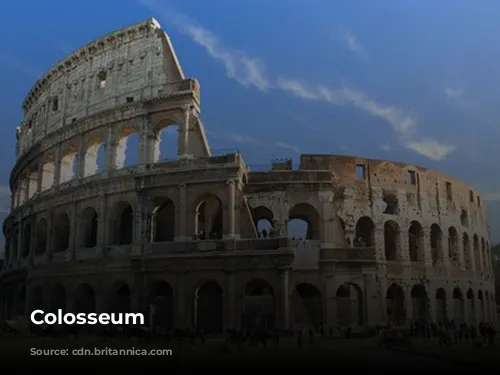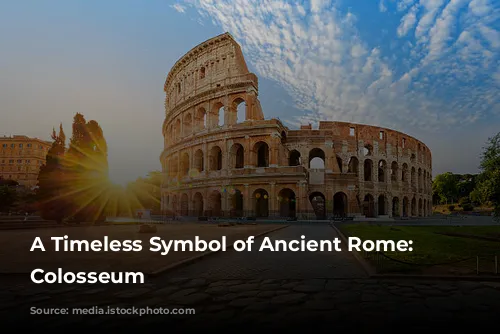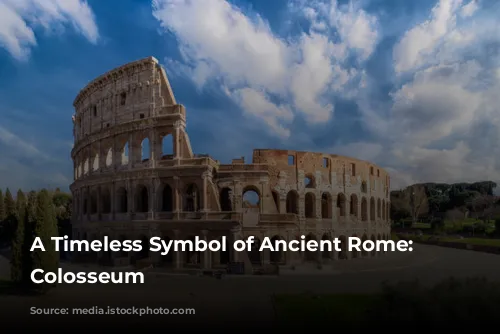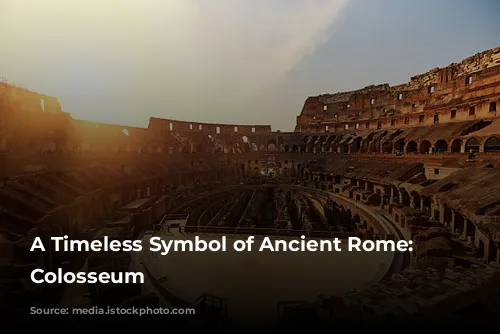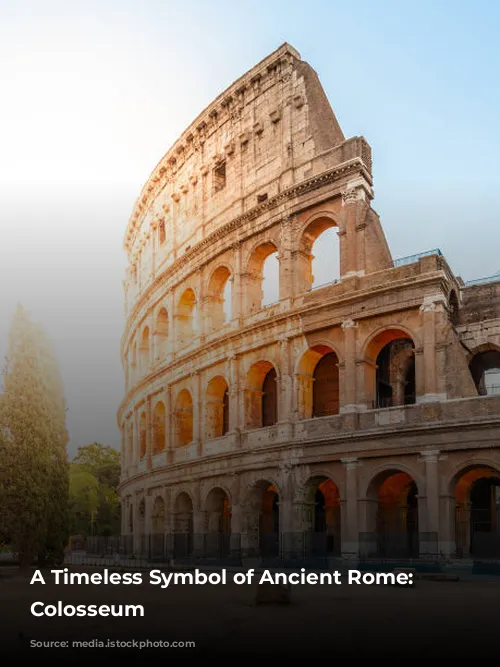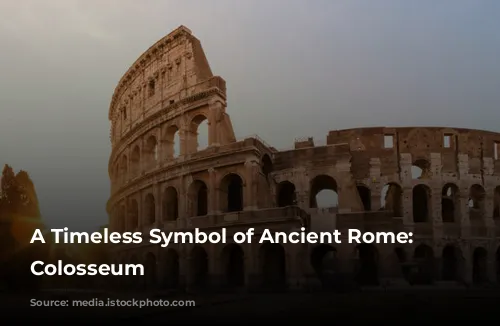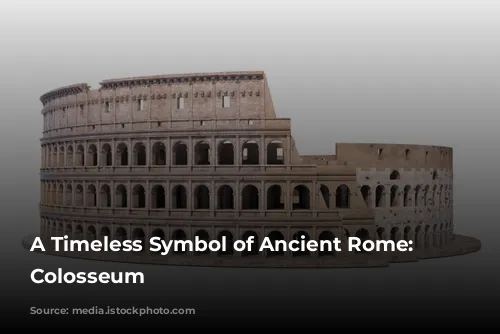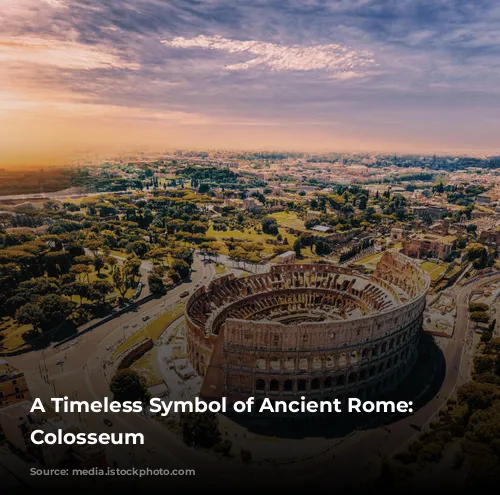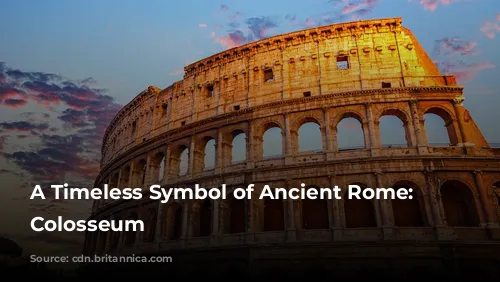Standing tall as one of the few remarkably preserved structures from the Roman Empire, the Colosseum remains a powerful testament to the architectural brilliance and engineering prowess of ancient Rome. It is not only a historical marvel but also a significant economic asset for Italy. The Colosseum, along with the Roman Forum and Palatine Hill, drew in over $63.3 million (€53.8 million) in tourism revenue in 2018, making it the most popular tourist destination in Italy.
The Colosseum, a giant amphitheater built in Rome under the Flavian emperors, is a symbol of Rome’s glorious past. The Colosseum’s construction began during the reign of Vespasian between 70 and 72 CE. Located just east of the Palatine Hill, on the grounds of Nero’s Golden House, the Colosseum replaced the artificial lake that was once the centerpiece of the palace complex. This decision held both practical and symbolic significance. Vespasian, who rose to power from humble beginnings, chose to replace the tyrant’s private lake with a public amphitheater, designed to accommodate tens of thousands of Romans. This change represented a shift from private luxury to public spectacle.
The Colosseum was formally dedicated in 80 CE by Titus, with a spectacular 100-day celebration filled with games and entertainment. Domitian, Titus’s successor, completed the structure in 82 CE by adding the topmost story. Unlike earlier amphitheaters, which were typically built into hillsides for support, the Colosseum is a freestanding structure made of stone and concrete, featuring a complex system of barrel vaults and groin vaults. Measuring 620 by 513 feet (189 by 156 meters), the Colosseum is an impressive architectural feat.
The Colosseum’s exterior features three stories of arcades, each adorned with engaged columns in the Doric, Ionic, and Corinthian orders. This ascending arrangement of columns influenced the Renaissance codification of architectural orders, known as the assemblage of orders. The main structural framework and facade are made of travertine, while the secondary walls are built with volcanic tufa. The inner bowl and arcade vaults are made of concrete. The Colosseum’s design and construction were truly remarkable for their time.
The Colosseum could accommodate up to 50,000 spectators, who were shielded from the sun by a massive retractable awning, known as a velarium. This ingenious system involved supporting masts that extended from corbels built into the Colosseum’s attic story. Hundreds of Roman sailors were needed to manipulate the rigging that extended and retracted the velarium, showcasing the Colosseum’s impressive scale and complexity.
The Colosseum: A Stage for Spectacle and Change
The Colosseum hosted a wide array of spectacular events, including gladiator fights, contests between men and animals, and even mock naval battles. It served as a stage for entertainment, propaganda, and public spectacle in ancient Rome. However, it remains uncertain whether the Colosseum was ever used for the martyrdom of early Christians.
After the fall of the Western Roman Empire, the Colosseum fell into disrepair. The arena was transformed into a fortress by the Frangipane and Annibaldi families in the 12th century, and the Colosseum was even used as a quarry by Pope Alexander VI in the late 15th century. The Colosseum suffered from neglect, damage from earthquakes and lightning, and vandalism, with its marble seats and decorative materials disappearing over time.
In the 19th century, preservation efforts began in earnest, led by Pope Pius VIII. The 1990s saw the launch of a major restoration project, funded by the Italian government. Today, the Colosseum is one of Rome’s top tourist attractions, welcoming nearly seven million visitors annually. Regular exhibitions delve into the culture of ancient Rome, bringing the Colosseum’s history to life for visitors.
The Colosseum stands as a powerful symbol of ancient Rome’s glory and endurance. Despite the challenges it has faced over the centuries, the Colosseum remains an important monument and a source of wonder and inspiration for people around the world. Its history is a testament to the power of human ingenuity and the lasting impact of ancient civilizations.


